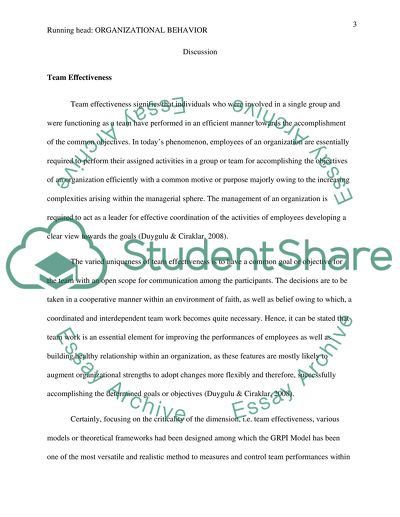Cite this document
(“Organizational Behavior Essay Example | Topics and Well Written Essays - 1750 words”, n.d.)
Retrieved from https://studentshare.org/other/1401922-organizational-behavior
Retrieved from https://studentshare.org/other/1401922-organizational-behavior
(Organizational Behavior Essay Example | Topics and Well Written Essays - 1750 Words)
https://studentshare.org/other/1401922-organizational-behavior.
https://studentshare.org/other/1401922-organizational-behavior.
“Organizational Behavior Essay Example | Topics and Well Written Essays - 1750 Words”, n.d. https://studentshare.org/other/1401922-organizational-behavior.


